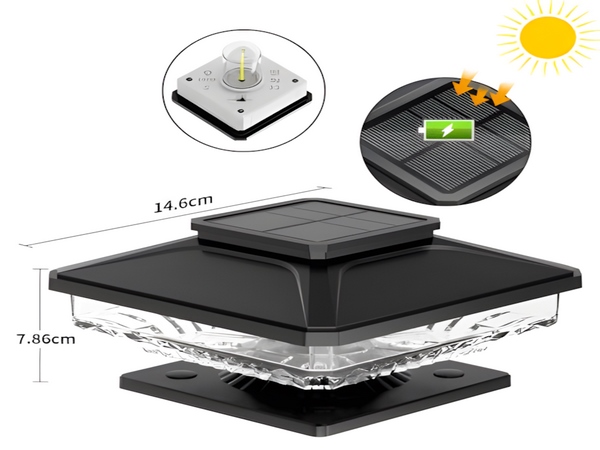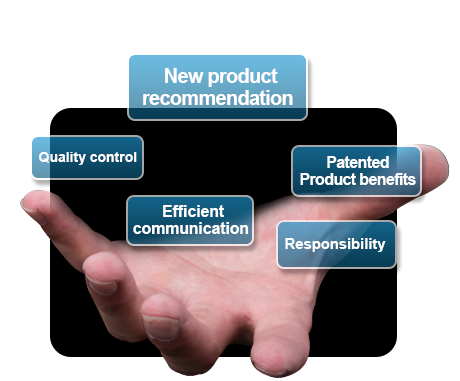The installation of solar street lights is a technical task. Generally, professional technicians provide technical guidance during the installation. However, users should also have a basic understanding of how to wire the solar street light controller. In the event that one or two solar street lights experience faults, the manufacturer might not be able to provide on-site service due to distance, requiring your assistance. So, how should the solar street light controller be wired? Here, we will introduce it.
Wiring method for the solar street light controller:
1. Connect the battery. Before connecting the battery, ensure that the battery voltage is above 6V to start the controller. If the system is 24V, the battery voltage should not be less than 18V. The system voltage selection is automatically identified only during the first startup of the controller. When installing the fuse, ensure that the maximum distance of the protective device from the positive terminal of the battery is 150mm, and after confirming the wiring is correct, turn on the fuse.

2. Connect the load. The load terminal of the solar street light controller can connect to DC devices with a rated operating voltage that matches the rated battery voltage, where the controller powers the load using the battery voltage. Connect the positive and negative terminals of the load to the corresponding load terminals on the controller. There may be voltage at the load terminal, so pay close attention to avoid short circuits during wiring. A fuse device should be installed on either the positive or negative wire of the load, and do not connect the fuse during the installation process.
After installation, confirm that everything is correct before activating the fuse. If the load is connected via a distribution panel, there should be a separate fuse in each load circuit, and the total load current must not exceed the rated current of the controller.
3. Connect the photovoltaic array. The controller can be used with off-grid solar modules at 12V or 24V, or grid-connected modules with an open-circuit voltage not exceeding the maximum input voltage specified. The voltage of the solar street light module in the system should not be lower than the system voltage.
4. Check the connections. Inspect all connections again to ensure each terminal’s positive and negative connections are correct and that all six terminals are tightened.
5. Confirm power on. When the battery powers the controller and the controller starts, the LED indicator lights on the controller will illuminate, indicating it is functioning correctly.
6. Once the battery is connected, the controller’s indicator lights will display a flowing status. Note: If the positive and negative terminals are reversed, the controller will not work.
7. After connecting the load, press the “Adjust” button three times continuously to set the time, and the load will light up. Note: The load must not short circuit, otherwise it may damage the controller.
8. If the load does not light up, please check the load or measure the battery voltage.
9. After connecting the photoelectric cell, if the load turns off, it indicates that the light control is functioning normally. If not, please check the photoelectric cell.
10. Testing phase:

(1) If everything is normal, the green light will remain on.
(2) If the battery is under-voltage, the red light will remain on.
(3) If there is no voltage from the photoelectric cell, the yellow light will stay on.
The above is a summary of the wiring method for the solar street light controller. Solar street lights use crystalline silicon solar cells for power, maintenance-free valve-regulated sealed lead-acid batteries (gel batteries) to store energy, ultra-bright LED lamps as the light source, and are controlled by intelligent charge and discharge controllers to replace traditional public electricity lighting.

